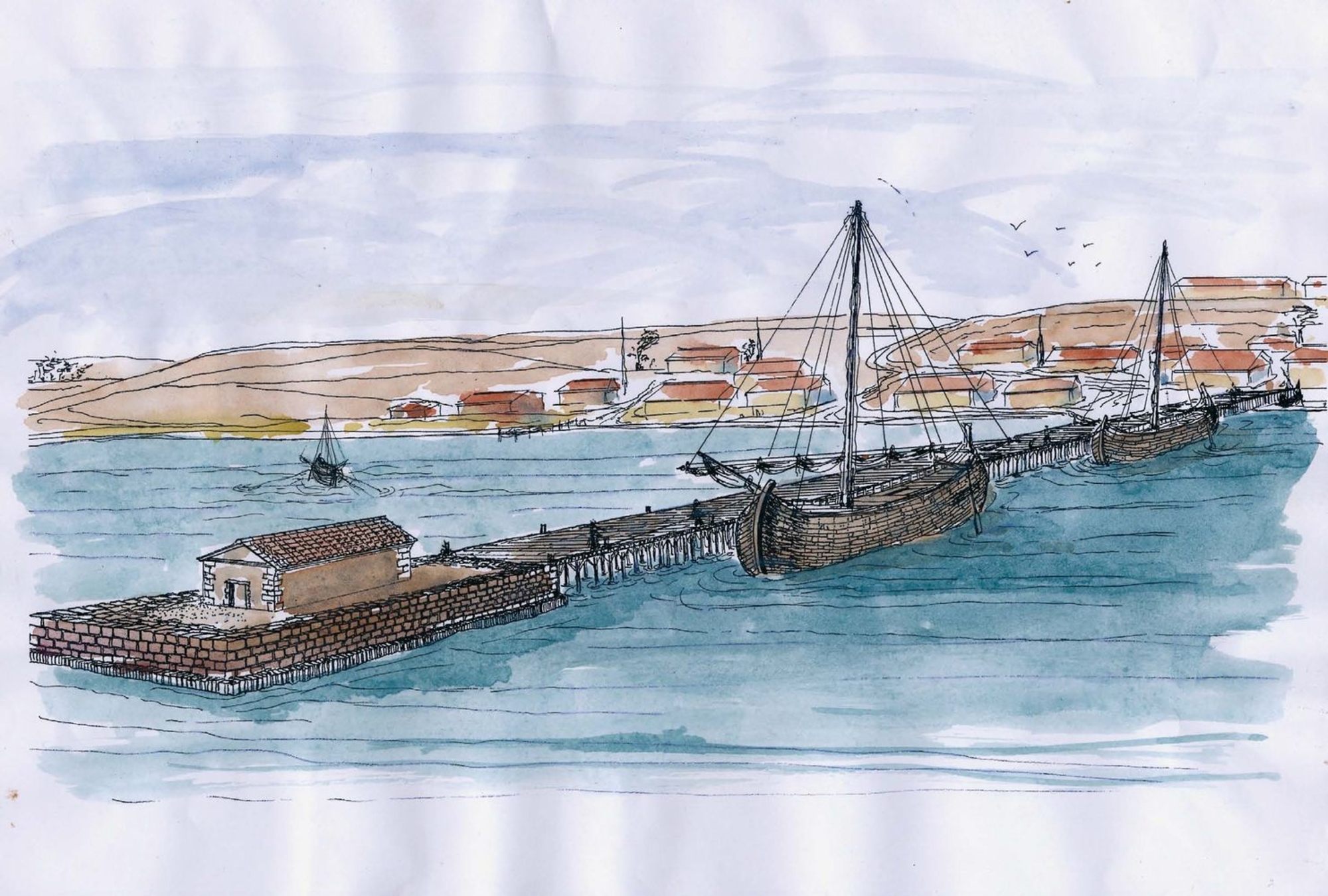
- Home
- Exploring the shoreline
- Ports and harbours
- Arles Harbour Dump
An enormous accumulation of ancient objects lies under the right bank of the river Rhône, protected for centuries by the muddy waters. Excavations on this urban dump in Trinquetaille, although difficult, have produced some marvellous discoveries.
An extraordinary “dump”
In 2007 this submerged dump produced its first batch of archaeological treasures, including the bust of a man in white marble which was subsequently identified as a portrait of Julius Caesar, sculpted in his lifetime. This exceptional find was as exciting for the general public as it was for the specialists of ancient statues. Other items recovered from the dump, including pieces of sculptures and buildings, suggest a lime kiln once stood on the shores of the river. The deposit also yielded thousands of artefacts, such as amphorae and vases made of clay, glass and bronze, coins, wooden objects and woven baskets that had all fallen into the river over the years. At the heart of the dump lie a dozen wrecks from the classical period, in particular a barge which was preserved in its entirety. Catalogued as Arles-Rhône 3, the barge was taken up river to Arles Museum where it has been on display since 2011.
Excavation upon excavation
Over the years each new excavation confirmed the important nature of this archaeological deposit and produced yet more information on the economic history of the Roman world. Not only numerous, the objects recovered from the river were also incredibly well preserved and, as a result, featured precious information that is often lost, such as painted inscriptions on amphorae and perishable materials (wood, leather, plants). The significant quantities of amphorae and ceramics of various origins testify to the predominant role played by the river Rhône in the distribution of Mediterranean products to the north in the second to fifth centuries.





